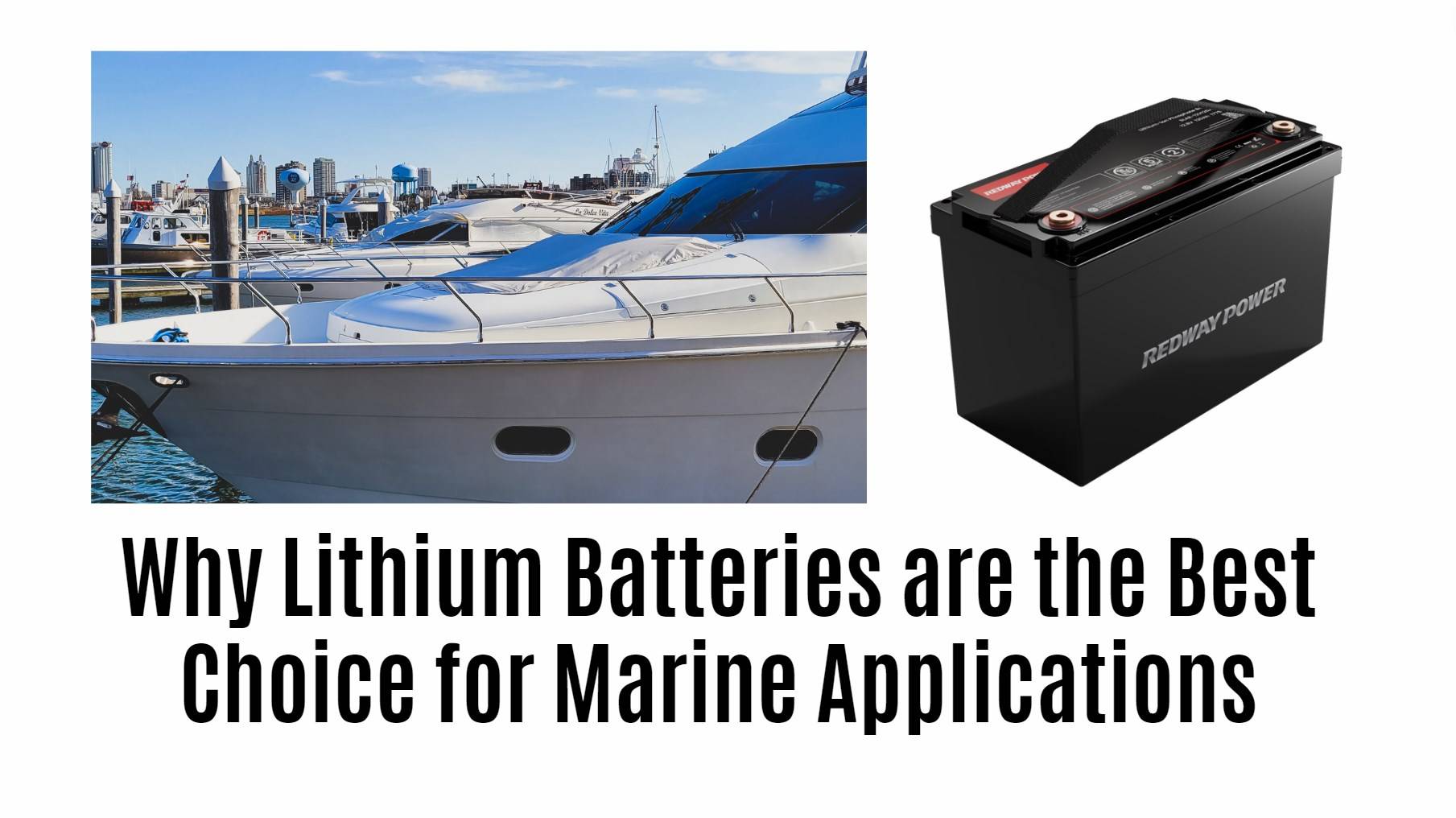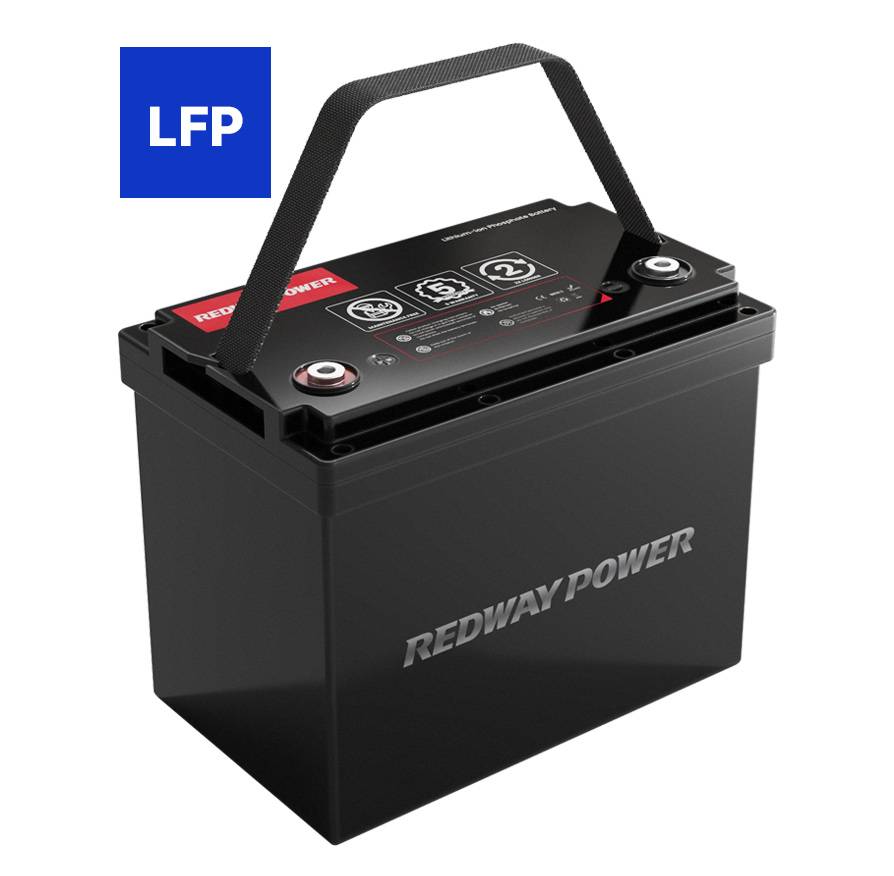- Rack-mounted Lithium Battery
- Golf Cart Lithium Battery
-
Golf Cart Lithium Battery
- 36V 50Ah (for Golf Carts)
- 36V 80Ah (for Golf Carts)
- 36V 100Ah (for Golf Carts)
- 48V 50Ah (for Golf Carts)
- 48V 100Ah (Discharge 100A for Golf Carts)
- 48V 100Ah (Discharge 150A for Golf Carts)
- 48V 100Ah (Discharge 200A for Golf Carts)
- 48V 120Ah (for Golf Carts)
- 48V 150Ah (for Golf Carts)
- 48V 160Ah (Discharge 100A for Golf Carts)
- 48V 160Ah (Discharge 160A for Golf Carts)
-
Golf Cart Lithium Battery
- Forklift Lithium Battery
- 12V Lithium Battery
- 24V Lithium Battery
- 36V Lithium Battery
- 48V Lithium Battery
-
48V LiFePO4 Battery
- 48V 50Ah
- 48V 50Ah (for Golf Carts)
- 48V 60Ah (8D)
- 48V 100Ah (8D)
- 48V 100Ah
- 48V 100Ah (Discharge 100A for Golf Carts)
- 48V 100Ah (Discharge 150A for Golf Carts)
- 48V 100Ah (Discharge 200A for Golf Carts)
- 48V 150Ah (for Golf Carts)
- 48V 160Ah (Discharge 100A for Golf Carts)
- 48V 160Ah (Discharge 160A for Golf Carts)
-
48V LiFePO4 Battery
- 60V Lithium Battery
-
60V LiFePO4 Battery
- 60V 20Ah
- 60V 30Ah
- 60V 50Ah
- 60V 50Ah (Small Size / Side Terminal)
- 60V 100Ah (for Electric Motocycle, Electric Scooter, LSV, AGV)
- 60V 100Ah (for Forklift, AGV, Electric Scooter, Sweeper)
- 60V 150Ah (E-Motocycle / E-Scooter / E-Tricycle / Tour LSV)
- 60V 200Ah (for Forklift, AGV, Electric Scooter, Sweeper)
-
60V LiFePO4 Battery
- 72V~96V Lithium Battery
- E-Bike Battery
- All-in-One Home-ESS
- Wall-mount Battery ESS
-
Home-ESS Lithium Battery PowerWall
- 24V 100Ah 2.4kWh PW24100-S PowerWall
- 48V 50Ah 2.4kWh PW4850-S PowerWall
- 48V 50Ah 2.56kWh PW5150-S PowerWall
- 48V 100Ah 5.12kWh PW51100-F PowerWall (IP65)
- 48V 100Ah 5.12kWh PW51100-S PowerWall
- 48V 100Ah 5.12kWh PW51100-H PowerWall
- 48V 200Ah 10kWh PW51200-H PowerWall
- 48V 300Ah 15kWh PW51300-H PowerWall
PowerWall 51.2V 100Ah LiFePO4 Lithium Battery
Highly popular in Asia and Eastern Europe.
CE Certification | Home-ESS -
Home-ESS Lithium Battery PowerWall
- Portable Power Stations
Why Lithium Batteries Are the Best Choice for Marine Applications

Lithium batteries have become increasingly popular in marine applications due to their high energy density, lightweight design, and longer lifespan compared to traditional lead-acid batteries. These advantages make them an ideal choice for powering various onboard systems, enhancing both performance and efficiency.
What are lithium batteries and how do they work?
Lithium batteries, specifically Lithium Iron Phosphate (LiFePO4) and Lithium-ion types, utilize lithium ions to store and release energy. During discharge, lithium ions move from the anode to the cathode through an electrolyte, generating electrical current. When charging, the process reverses, allowing the battery to regain its stored energy efficiently.
Lithium Battery Operation Chart
| Component | Function |
|---|---|
| Anode | Typically made of graphite |
| Cathode | Made of lithium metal oxide |
| Electrolyte | Facilitates ion movement |
What are the advantages of lithium batteries for marine use?
Lithium batteries offer several key advantages for marine applications:
- High Energy Density: They store more energy in a smaller volume, allowing for lighter installations.
- Longer Lifespan: Lithium batteries can last up to 10 years or more with proper care, significantly outlasting lead-acid options.
- Fast Charging: They charge quickly, often reaching full capacity in just a few hours.
- Low Maintenance: Unlike lead-acid batteries, they require minimal maintenance and do not need regular topping off with water.
Advantages Overview Chart
| Advantage | Description |
|---|---|
| High Energy Density | More power in less space |
| Longer Lifespan | Typically lasts 10 years or more |
| Fast Charging | Full charge in 2-4 hours |
| Low Maintenance | Minimal upkeep required |
How do lithium batteries compare to traditional lead-acid batteries?
When comparing lithium batteries to lead-acid options:
- Weight: Lithium batteries are significantly lighter, reducing overall boat weight and improving fuel efficiency.
- Cycle Life: Lithium typically offers over 2000 cycles, while lead-acid lasts about 500-600 cycles.
- Efficiency: Lithium batteries have higher charge/discharge efficiency (up to 95%) compared to lead-acid (around 70%).
Comparison Chart
| Battery Type | Weight (kg) | Cycle Life (Cycles) | Efficiency (%) |
|---|---|---|---|
| Lithium | Lighter | 2000+ | Up to 95 |
| Lead-Acid | Heavier | 500 – 600 | ~70 |
What applications benefit most from lithium batteries in marine settings?
Lithium batteries excel in various marine applications:
- Electric Boats: Ideal for propulsion systems due to their high power output and efficiency.
- Trolling Motors: Provide consistent power for extended periods without significant weight penalties.
- Onboard Electronics: Power navigation systems, lights, and other electronics reliably.
Application Examples Chart
| Application Type | Benefits |
|---|---|
| Electric Boats | Efficient propulsion systems |
| Trolling Motors | Long-lasting power without weight issues |
| Onboard Electronics | Reliable power supply |
How does battery management impact lithium battery performance?
Effective battery management is crucial for optimizing the performance of lithium batteries:
- Battery Management Systems (BMS): These systems monitor voltage, current, and temperature to ensure safe operation.
- Balancing Cells: A BMS helps balance individual cells within a battery pack, maximizing overall capacity and lifespan.
- Temperature Control: Maintaining optimal operating temperatures prevents overheating and prolongs battery life.
Battery Management Impact Chart
| Management Aspect | Impact on Performance |
|---|---|
| Battery Management System (BMS) | Ensures safe operation and longevity |
| Cell Balancing | Maximizes capacity across all cells |
| Temperature Control | Prevents overheating |
What are the safety considerations when using lithium batteries on boats?
While lithium batteries are generally safe, some precautions should be taken:
- Proper Installation: Ensure secure mounting to prevent movement during operation.
- Ventilation: Adequate ventilation is essential to dissipate heat generated during charging and discharging.
- Monitoring Systems: Use BMS technology to monitor battery health continuously.
Safety Considerations Chart
| Safety Aspect | Description |
|---|---|
| Proper Installation | Secure mounting prevents movement |
| Ventilation | Essential for heat dissipation |
| Monitoring Systems | Continuous health checks via BMS |
FAQ Section
Q: Can I replace my lead-acid battery with a lithium battery directly?
A: Yes, but ensure your charging system is compatible with lithium technology.Q: How long does it take to charge a lithium battery on a boat?
A: Charging times vary but typically range from 2 to 4 hours depending on the charger used.Q: Are there any special chargers needed for lithium marine batteries?
A: Yes, use chargers specifically designed for lithium-ion technology to ensure safety and efficiency.
Industrial News
The marine industry is increasingly adopting lithium-ion technology as a replacement for traditional lead-acid systems due to its numerous advantages. Recent advancements have focused on enhancing safety features and improving energy density, making these systems more appealing for electric propulsion and onboard power solutions. As regulations tighten around emissions and sustainability, manufacturers are investing heavily in developing high-performance marine battery systems that meet these new standards.
Redway Power Insight
“Lithium-ion technology represents a significant shift in how we approach power solutions in marine environments,” states an expert from Redway Power. “Their efficiency, longevity, and low maintenance make them an ideal choice for modern boating needs. As we continue to innovate within this space, understanding these benefits will be crucial for boaters looking to enhance their experiences on the water.”














